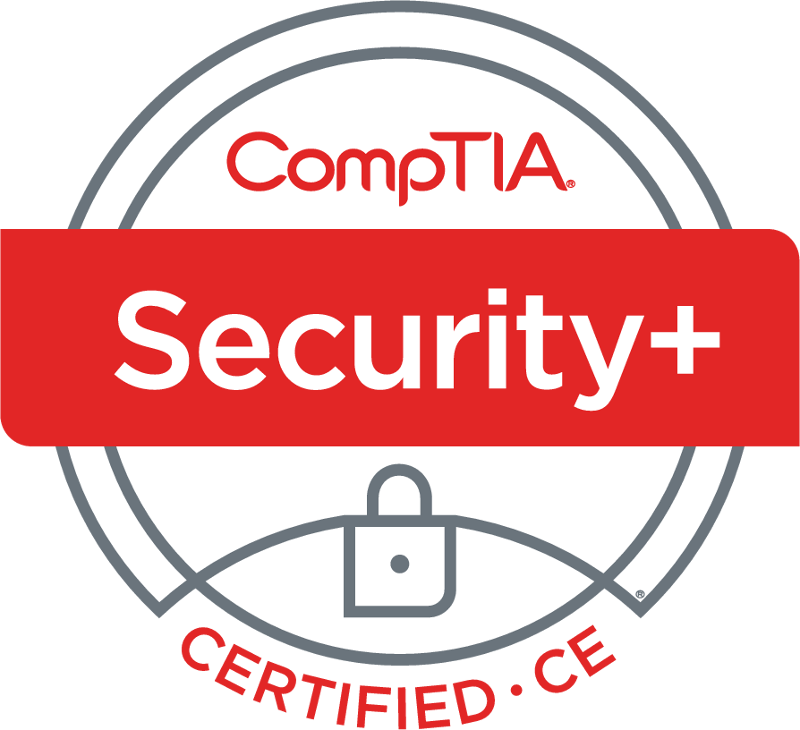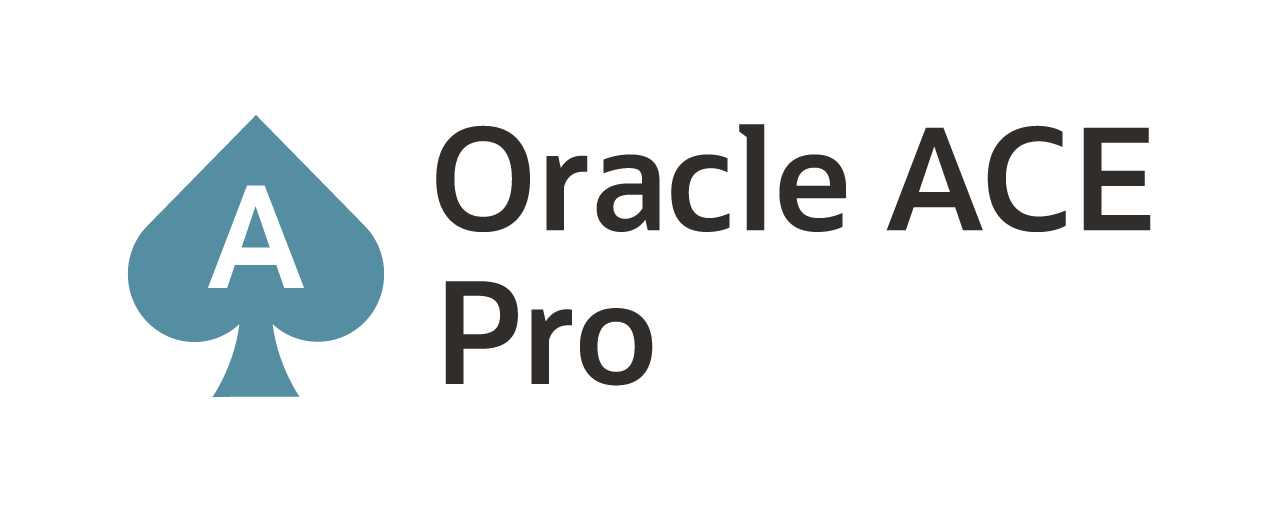Shutdown/Startup vs. Alter Statement – 12c Edition
When everyone finally moves to Oracle pluggable databases, one thing to remember is that stopping and starting a database is not going to be as simple as it use to be. Shutting down and starting up a database is done simply with the following commands:
shutdown normalshutdown immediateshutdown abortstartupstartup nomountstartup mount
If we use one of these traditional shutdown methods at the container database (CDB) layer, we will bring down the CDB and the associated PDBs under it. This is something to be aware of when looking to reboot a container databases. Lets take a look at bringing down a CDB.
[oracle@oel ~]$ sqlplus / as sysdbaSQL*Plus: Release 12.1.0.1.0 Production on Sun Jul 21 21:42:53 2013Copyright (c) 1982, 2013, Oracle. All rights reserved.
Connected to:
Oracle Database 12c Enterprise Edition Release 12.1.0.1.0 - 64bit Production
With the Partitioning, OLAP, Advanced Analytics and Real Application Testing optionsSQL> select instance_name from v$instance;INSTANCE_NAME
----------------
ora12cSQL> show con_name;CON_NAME
------------------------------
CDB$ROOT
SQL> shutdown immediate;
Database closed.
Database dismounted.
ORACLE instance shut down.SQL> alter session set container=PDB1;
alter session set container=PDB1
*
ERROR at line 1:
ORA-01034: ORACLE not available
Process ID: 0
Session ID: 0 Serial number: 0
Now, that we established that SHUTDOWN IMMEDIATE at the CDB level will close the CDB and all other PDBs; how can we shutdown just a single PDB if needed? There are two different ways to shutdown a PDB. The first of which is from the CDB layer. OK, I know why are we doing this from the CDB layer? Simple answer is because we can. Not so simple answer is because there will be times where we want to take the PDB offline for some form of maintenance without affecting the other PDBs around it. We can shutdown a PDB from the CDB level using the ALTER PLUGGABLE DATABASE command.
The ALTER PLUGGABLE DATABASE statement takes four different clauses that affect the state of the PDB. These four clauses are:
alter pluggable database open read writealter pluggable database open read onlyalter pluggable database open upgradealter pluggable database close
Before we take a look at a an example, we need to find the current state of the PDB(s). This can be done by querying theV$PDBS view.
SQL> select con_id, name, open_mode from v$pdbs;CON_ID NAME OPEN_MODE
---------- ------------------------------ ----------
2 PDB$SEED READ ONLY
3 PDB1 MOUNTED
4 PDBTEST MOUNTED
5 PDB2 MOUNTED
As you can see, I have a few PDBs that are in MOUNTED state. MOUNTED in the pluggable world is the same as being closed in a traditional model. How do we bring one of these PDBs online in READ WRITE mode? Lets focus on PDB1.
What is the current state of PDB1? As indicated previously, the current state is MOUNTED (closed). If we want to bring PDB1 online, we need to execute an ALTER PLUGGABLE DATABASE statement, as follows:
SQL> alter pluggable database PDB1 open;Pluggable database altered.SQL> select con_id, name, open_mode from v$pdbs;CON_ID NAME OPEN_MODE
---------- ------------------------------ ----------
2 PDB$SEED READ ONLY
3 PDB1 READ WRITE
4 PDBTEST MOUNTED
5 PDB2 MOUNTED
Notice that the OPEN command in the ALTER PLUGGABLE DATABASE will actually open the PDB in READ WRITE mode. If we want to close the PDB, we would specify CLOSE as part of the ALTER PLUGGABLE DATABASE command.
Since we have covered the ALTER PLUGGABLE DATABASE command; is there any other ways of shutting down a PDB. The answer is yes! We can use the normal SHUTDOWN commands as we would with a traditional database. In order to do this, we have to be in that PDB container first. Here is an example of closing PDB1 with the SHUTDOWN command.
SQL> alter session set container=PDB1;Session altered.SQL> select con_id, name, open_mode from v$pdbs;CON_ID NAME OPEN_MODE
---------- ------------------------------ ----------
3 PDB1 READ WRITESQL> shutdown immediate;
Pluggable Database closed.
SQL> select con_id, name, open_mode from v$pdbs;CON_ID NAME OPEN_MODE
---------- ------------------------------ ----------
3 PDB1 MOUNTED
After moving into the PDB1 container, we can shutdown the PDB using the SHUTDOWN IMMEDIATE command. Once the PDB is shutdown, you can still query the V$PDBS and it will show that the PDB is in the MOUNTED state. Remember, MOUNTED is the same as CLOSED in the pluggable world. Using this same train of thought, we can open the PDB by using the STARTUP command.
SQL> startup
Pluggable Database opened.
SQL> select con_id, name, open_mode from v$pdbs;CON_ID NAME OPEN_MODE
---------- ------------------------------ ----------
3 PDB1 READ WRITE
Through this blog post, we have looked at two different ways to close and reopen as pluggable database. Both ways are acceptable for bringing a PDB offline. The key thing to remember is where you are at within the pluggable architecture. If you are in the CDB, the ALTER PLUGGABLE DATABASE command should be used. If you are connected to the PDB, the traditional command of SHUTDOWN/STARTUP will work.
Enjoy!
twitter: @curtisbl294
blog: http://dbasolved.com
Current Oracle Certs

Bobby Curtis

I’m Bobby Curtis and I’m just your normal average guy who has been working in the technology field for awhile (started when I was 18 with the US Army). The goal of this blog has changed a bit over the years. Initially, it was a general blog where I wrote thoughts down. Then it changed to focus on the Oracle Database, Oracle Enterprise Manager, and eventually Oracle GoldenGate.
If you want to follow me on a more timely manner, I can be followed on twitter at @dbasolved or on LinkedIn under “Bobby Curtis MBA”.


